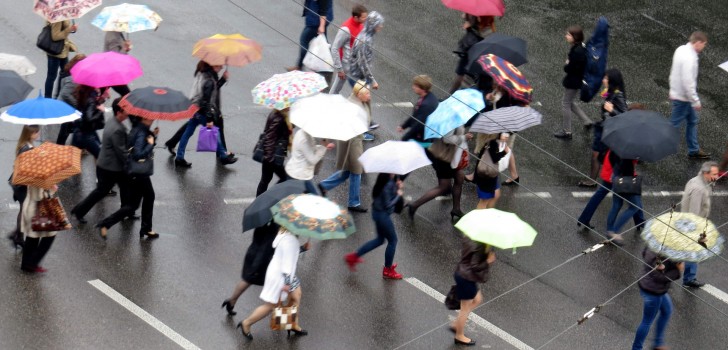The Chicago suburb of Evanston, Illinois manages to thrive with virtually zero cars. The city’s downtown area was carefully planned so that residents are able to get around without having to own personal transportation.
In downtown Evanston, it is just a ten minute walk between the two city’s rail lines, and there are several bus routes to choose from. The result is that the area’s local automobile ownership rate is less than half of that of nearby towns.
While this trend is common in many urban areas such as New York City or Boston, Evanston is nowhere near on that magnitude in terms of population. The city only has 75,000 residents and it is, for the most part, a true Chicago suburb.
City planners wanted Evanston’s downtown to be an environment that favored pedestrians and discouraged the use of cars. Needless to say, they were successful in accomplishing this. Now, other cities are looking to follow the example that has been set by Evanston. By planning the city around public transit systems, developers have managed to discourage the ownership of cars.
Evanston is essentially a small-town with a more urban feel. In the mid-1980s, the city was facing economic trouble, which led to officials making adjustments to their city’s strategy. The city started focusing on increasing population density, an unusual strategy for that of a suburb.
Evanston adopted what is known as a “Transit Oriented Development”, or TOD. The process took several years, as the city constructed a downtown transportation center, and officials reduced zoning regulations so that more people could live in a smaller area. The city began constructing high-rises for people to live in. In less than 30 years, the city transformed from a small suburb to a small urban pocket.
The city also managed to discourage the ownership of vehicles by making zoning laws regarding automobiles much more strict. Parking is now extremely scarce in the thriving downtown area, and in many cases, it can actually cost more money to purchase a permanent parking spot than it does to buy a new car in the first place. The majority of renters in the city are not provided parking permits.
Instead of cars, residents make use of their feet, the city’s excellent transportation system and well-designed bike paths. All the amenities of downtown are within walking distance.
City officials say that the movement has really been popular with the younger crowd. Millennials have been known to be appreciative of such environments. Evanston has attracted several popular and trendy locations, such as a Whole Foods store and several popular cocktail bars.
The downtown of Evanston is incredibly walkable, and residents say that they have everything they need. Meanwhile, other neighboring towns are looking on with jealousy, envious of Evanston’s fashionable urban environment and extremely high rate of employment.
The result is a very cool place where residents are extremely happy with their living situation. Clearly the city was onto something when it started this plan nearly three decades ago
Stay Connected